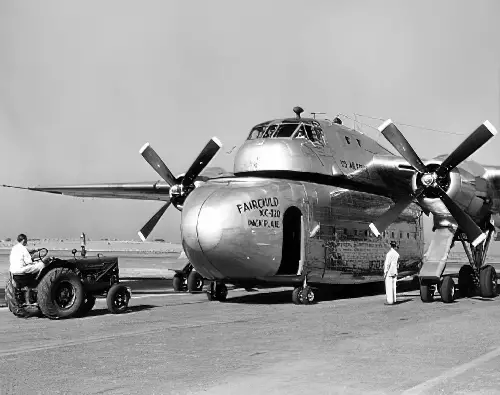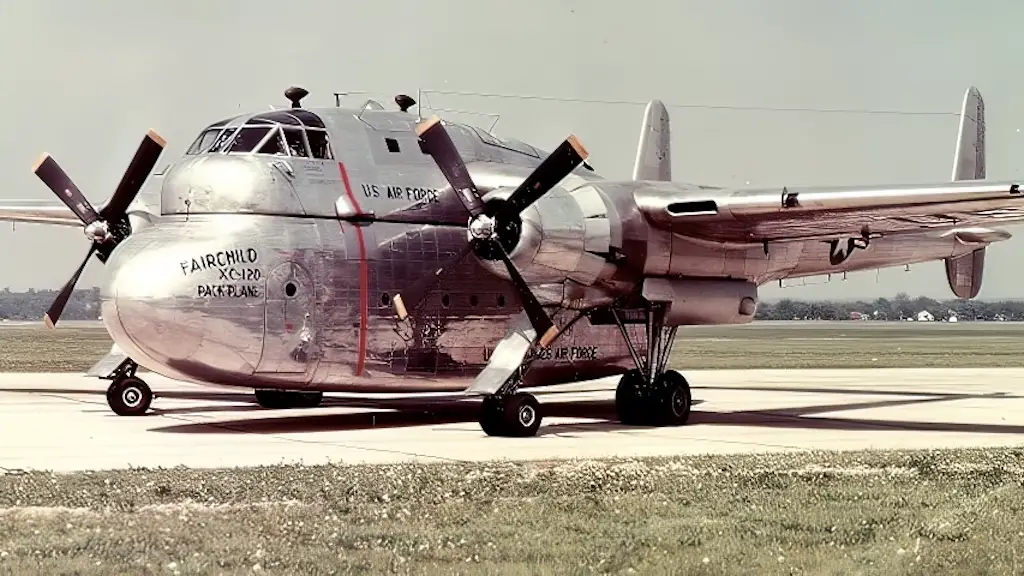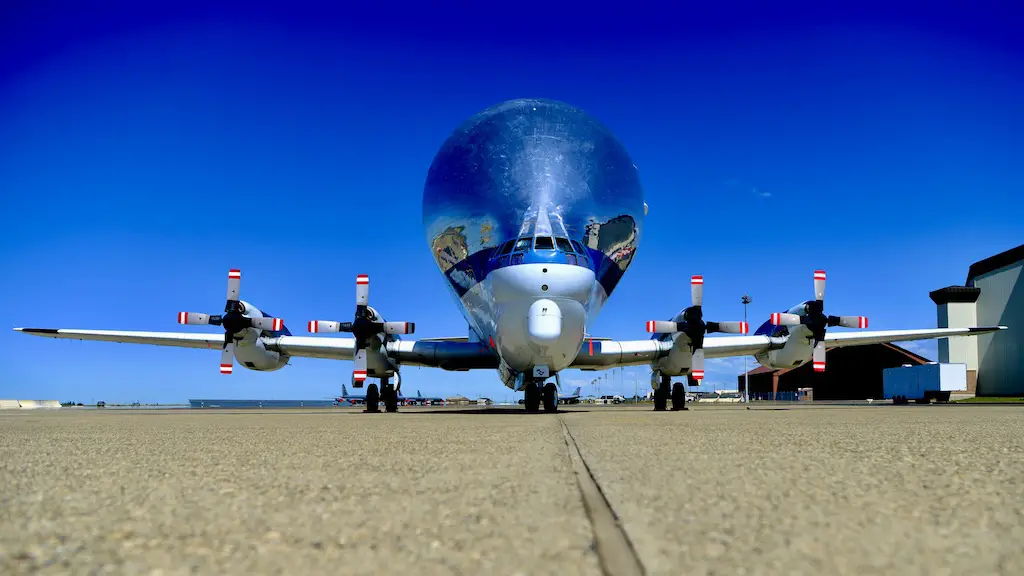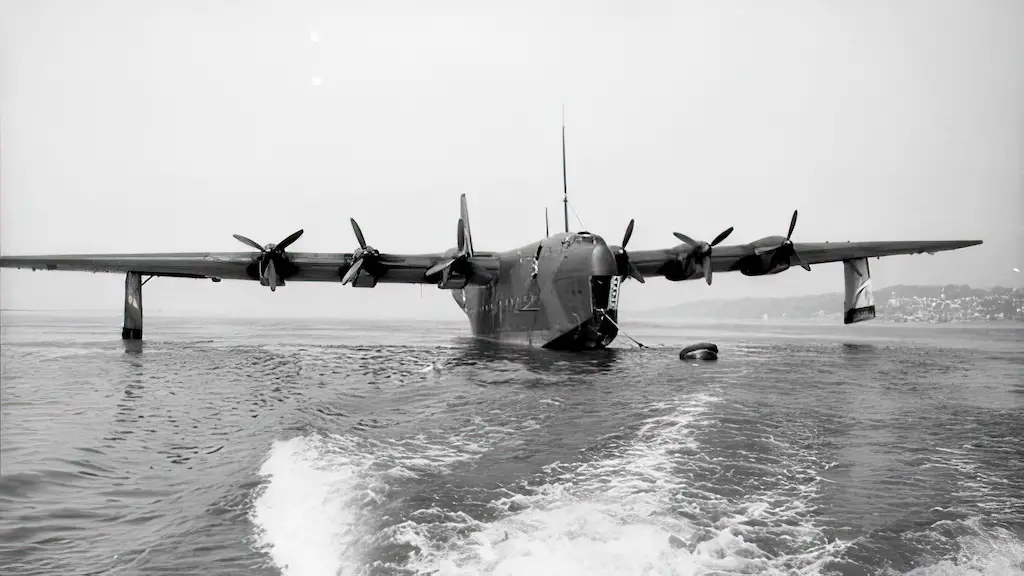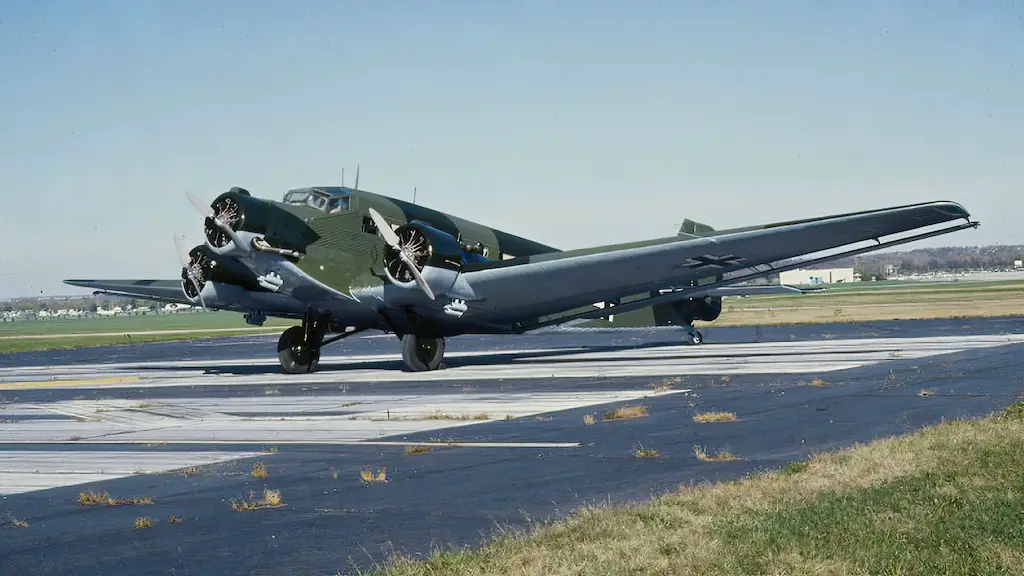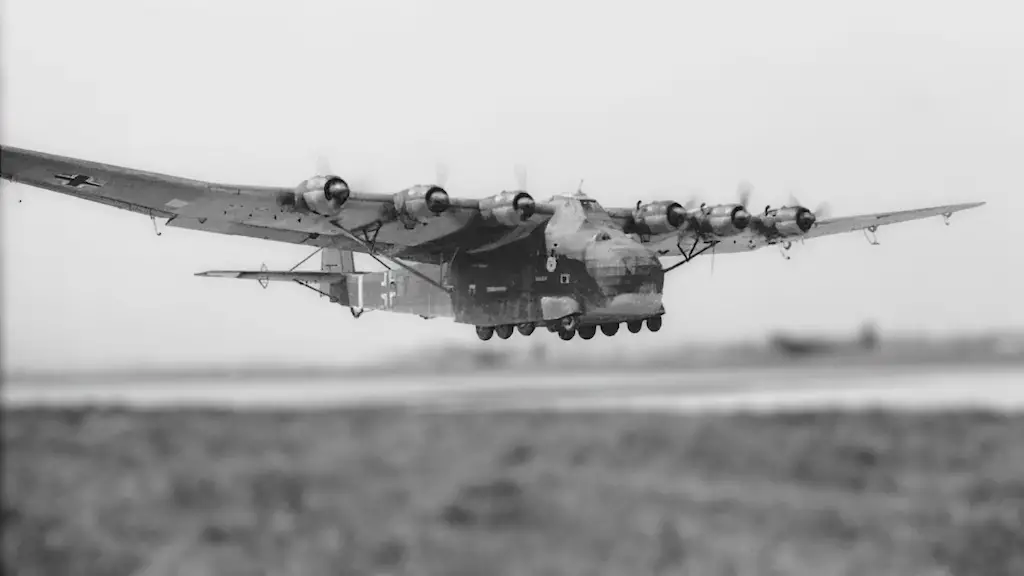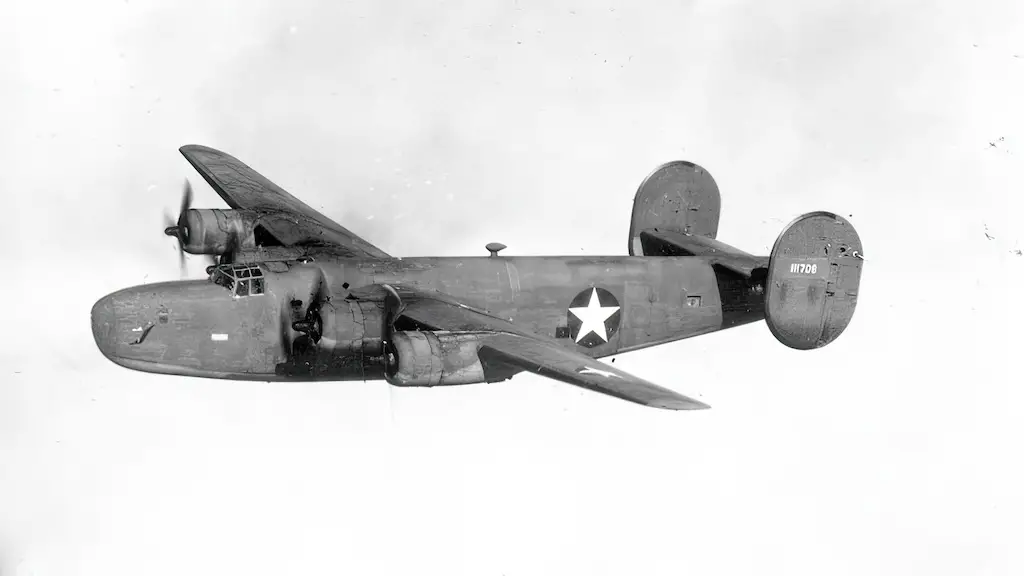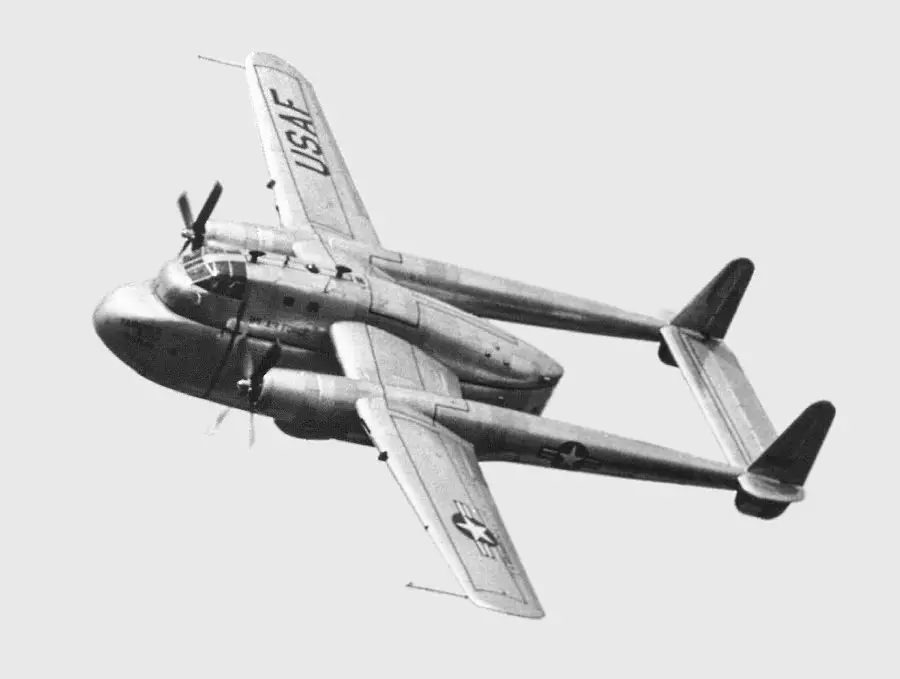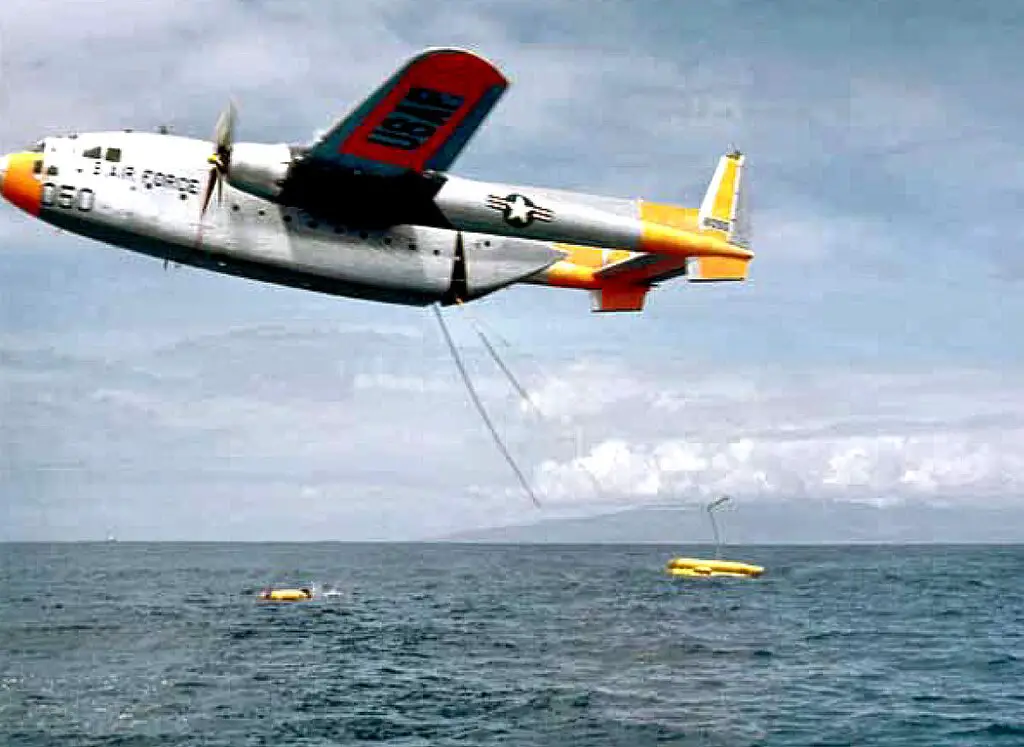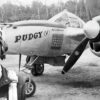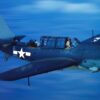Few designs in military and civilian aviation have sparked as much intrigue and speculation as the Fairchild XC-120 Pack Plane. Born from the necessity for swift and safe wartime transport, its story offers a fascinating glimpse into a potential revolutionary shift in air logistics.
The concept was simple yet groundbreaking. The Korean War highlighted the critical need for efficient personnel, equipment, and supplies transport. Traditional aircraft, while effective, were vulnerable during loading and unloading. Enter the Fairchild XC-120 Pack Plane, a bold experiment to boost the already robust Fairchild C119, known as “The Flying Boxcar.”
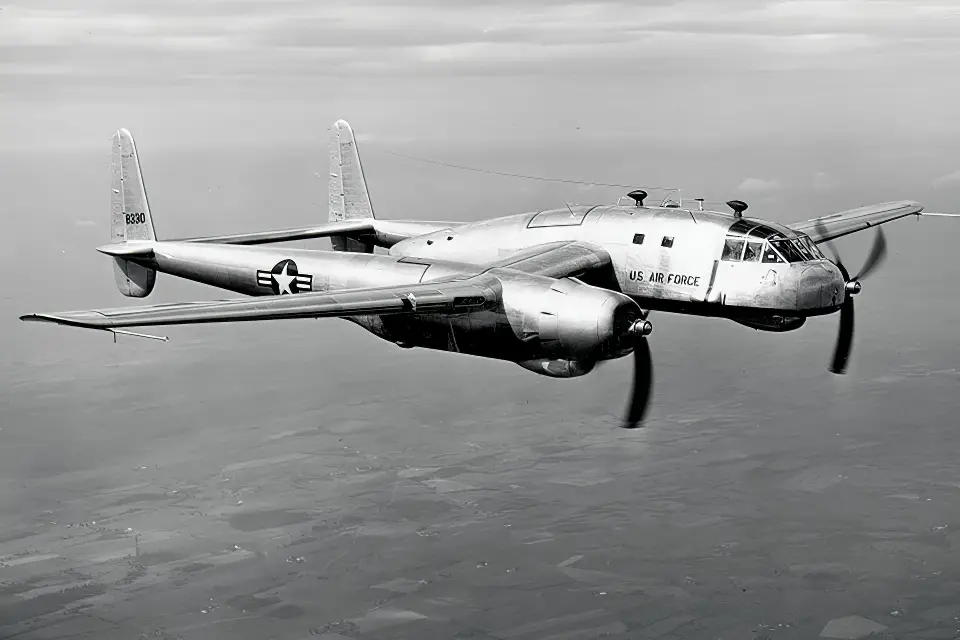
The Flying Boxcar’s Legacy
The Fairchild C119 laid the groundwork for the XC-120’s development. Its large capacity and versatility made it a key player in military operations, especially during the Korean and Vietnam Wars. Capable of airlifting 62 soldiers or 30,000 pounds of cargo, the C119 became an invaluable asset. However, its traditional design showed room for improvement, especially in hostile environments.
The XC-120 Pack Plane presented a visionary solution. Its detachable cargo pods could drastically reduce the vulnerability of cargo and personnel during crucial loading and unloading moments. This design aimed to boost military logistics and had potential for civilian applications, from portable hospitals to Arctic rescue shelters. The XC-120 showcased the creators’ ingenuity, hinting at a future of modular, versatile air transport.
A Design Ahead of Its Time
With its detachable fuselage for various mission-specific pods, the XC-120 marked a significant design leap. This “airborne tractor-trailer” could adapt on-the-fly, merging speed, versatility, and efficiency. Despite its potential, the XC-120 encountered challenges. Its reliance on the cargo pod for stability was a significant flaw, leading to its eventual discontinuation. The Korean War’s demands and the push for more C119s doomed the XC-120, leaving it a unique prototype and a what-could-have-been reminder.
Why didn’t this brilliant design advance further? Several reasons led to the XC-120’s demise. The challenge of its stability without the cargo pod was a major obstacle. Additionally, the Korean War’s urgent needs shifted focus to proven designs like the C-119. Lastly, the aviation industry’s conservative stance on design innovation preferred traditional models over groundbreaking ones like the XC-120.
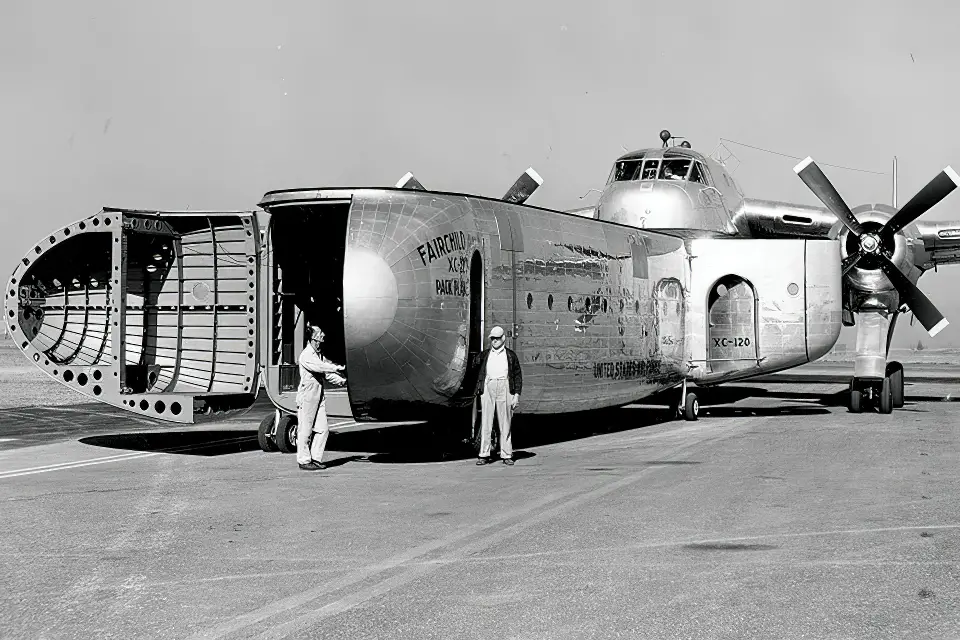
A Legacy That Endures
Despite its brief existence, the Fairchild XC-120 Pack Plane remains a captivating chapter in aviation history. It symbolizes innovative thinking and the continuous quest for efficiency and safety in air transport. Although the 1950s world wasn’t ready for such a leap, the XC-120 still inspires engineers and aviation enthusiasts, reminding us of the limitless potential of human creativity and the dynamic nature of flight.
